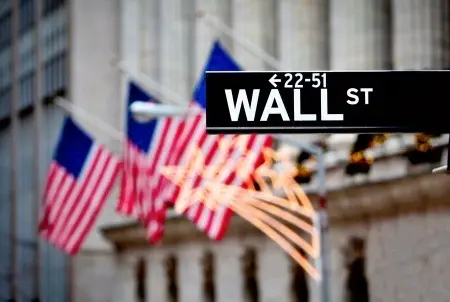Is your broker churning your account?
Are you victim of churning fraud by your financial advisor? If so, the securities attorneys of The White Law Group may be able to help you recover your losses through FINRA arbitration.
The White Law Group continues to file FINRA arbitration cases on behalf of clients who have suffered losses as a result of churning and/or excessive trading.
What is churning?
Churning is an illegal and unethical practice that takes place when a broker or financial advisor excessively buys and sells a client’s securities to increase their own commissions. The more a broker trades the more they get paid. In many cases this is enough incentive for unscrupulous brokers to over-trade in a clients account.
Excessive trading may result in significant losses and exposes the client to unnecessary tax liabilities. Often churning occurs when a broker has discretionary authority (either actual or implied) of a clients account, meaning they do not need the clients consent to trade on their behalf.
While there is no quantitative measure for churning, brokers must follow FINRA rules intended to prevent such practices. According to FINRA Rule 2111, churning may be evident if trading occurred that was not consistent with the client’s financial goals, risk tolerance, and knowledge of investment strategies. Essentially, churning is any type of trading strategy that could not possibly benefit the client and is clearly implemented by the broker to maximize commissions. If churning is proven, a broker or brokerage firm can be liable for damages a client incurs and potentially also face disciplinary action.
How can you prove churning?
To determine whether the trading in a particular account rises to the level of churning fraud, an analysis often used is the calculation of a “turnover ratio”. A turnover ratio is the total amount of purchases made in the account, divided by the average monthly equity in the account. That ratio is then annualized (by dividing the result by the number of months involved to get a per month ratio, and then multiplying that result by 12). Courts have often recognized that in a normal retail account a turnover ratio in excess of 6 can be considered excessive trading. See, e.g. Arceneaux, 767 F.2d at 1502 (“The courts which have addressed this issue have indicated that an annual turnover rate in excess of six reflects excessive trading.”).
Courts have also found that in retail securities accounts, for a conservative investor, an annualized turnover rate of two is suggestive, of four is presumptive, and, of six or more, is conclusive of excessive trading. See, e.g. 68 N.C.L. Rev. 327, 339-40 (1990), noting the “six” rule and the “2-4-6” rule.
In 2012, over 4,000 arbitration cases were filed with FINRA. Of the 4,000 cases filed, approximately 5% involved churning. Excessive trading or churning fraud claims often increase when the market is flat or moving up (since clients are more willing to allow their advisor to trade in these types of markets).
Free Consultation
If you believe that you have been the victim of churning or excessive trading, please call the securities attorneys of The White Law Group at 888-637-5510 for a free consultation.
The White Law Group, LLC is a national securities fraud, securities arbitration, investor protection, and securities regulation/compliance law firm with offices in Chicago, Illinois and Franklin, Tennessee.
For more information on The White Law Group, visit https://whitesecuritieslaw.com.
Tags: broker churning, broker excessive trading rules, Chicago broker fraud attorney, Chicago churning attorney, Chicago FINRA attorney, Chicago investment fraud attorney, Chicago securities attorney, Chicago securities lawyer, churning turnover ratio, Excessive brokerage fees, Excessive buying and selling securities, what is excessive trading, what is excessive trading definition Last modified: March 24, 2023




